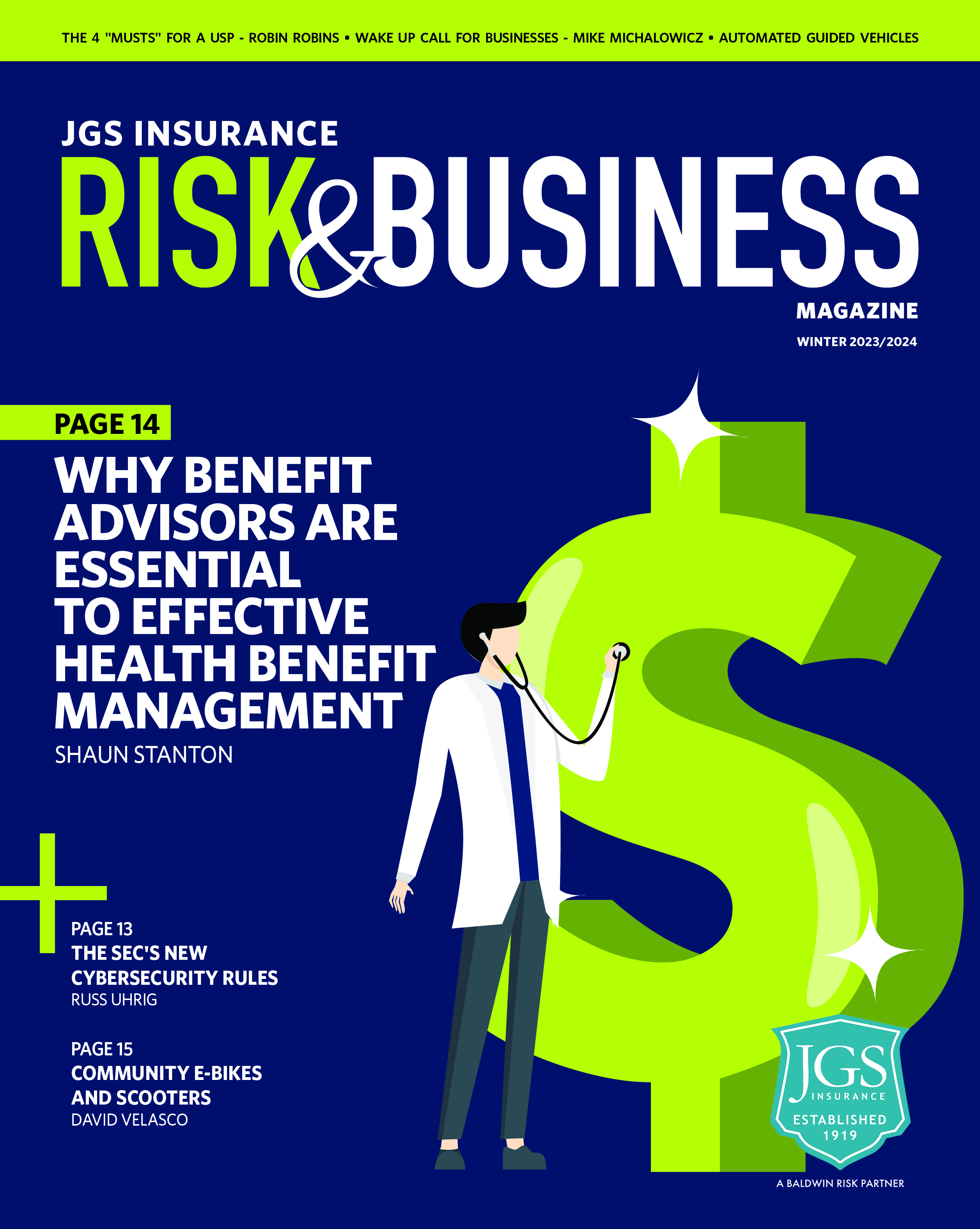By Bernie Cosentino, Vice President – Habitational
It may be impossible to avoid a flood once it hits, but you can take steps beforehand to insure your property so that you are better prepared for it financially.
After 2017’s severe hurricanes and flooding, did you ever consider investing in flood insurance? If so, you are certainly not alone.
Flooding of your home or office can be a trying experience that taxes both your emotions and your finances. Even if you don’t live in a low flood-zone area, devastating flooding can still occur, often with very little warning. Hurricanes, heavy rainfall, or river or tidal surges can quickly cause excess water to build up, causing extensive damage to homes and businesses and destroying their entire contents. According to calculations on floodsmart.gov, for example, a six-inch flood in a 2,000-square-foot home can cost the homeowner nearly $40,000 in damages and repairs. In this example, some of the larger repairs include flooring ($15,000), furniture ($6,000) and wall and door replacement ($7,000).
The average homeowner or business owner may not be aware that coverage for water damage for their property typically covers water damage from burst pipes or rain infiltration from a roof that may have been compromised in a storm. These perils are quite different than water damage caused by flood.
Although they sound similar, water damage and flood damage are radically different insurance terms. If your home has been damaged by water, here’s how to determine if you need to file a flood insurance claim or a water damage claim.
Simply put, the main difference between a flood claim and a water damage claim is where the water comes from. With flood damage, the water comes from a natural source and two or more properties are involved. You are most likely dealing with a flood damage claim if the water that is causing damage to your property is coming from one of the following sources: overflow of inland or tidal waters; unusual and rapid accumulation or runoff of surface waters from any source; mudflow or collapse of land along the shore of a lake or similar body of water as a result of erosion or undermining caused by waves or currents of water exceeding anticipated cyclical levels that result in a flood as defined above.
It may be impossible to avoid a flood once it hits, but you can take steps beforehand to insure your property so that you are better prepared for it financially. Most standard homeowner or business policies do not cover flooding unless separate coverage is purchased. Many victims of flooding may assume that federal programs will kick in to cover their losses, but this may not always be the case.
In 1968, Congress created the National Flood Insurance Program (NFIP) to help property owners protect themselves in case of flooding. The NFIP offers flood insurance to homeowners, renters and businesses only if their community participates in the NFIP, agreeing to adopt and enforce ordinances that meet or exceed FEMA requirements to reduce the risk of flooding.
If your home or business is located in a high-risk flood area, you must have separate flood insurance in order to qualify for a mortgage from federally regulated or insured lenders. If you are located in a moderate- to low-risk area, you are typically not required to have flood insurance, but you may want to minimize your financial risk by purchasing a policy regardless.
You may wish to investigate Private Market Flood insurance as well, which may be available at lower rates than what is available through the federal program. According to privatemarketflood.com—which sells policies as an alternative to government FEMA-backed policies—“older homes, second homes, nonprimary residences, commercial properties and small apartment buildings enjoy significant savings compared to FEMA policies.” In fact, the Private Market Flood insurance program now insures more than $1 billion of property value in 37 states.
There are myriad factors that influence the cost of your premiums, including building size, location, amount of coverage desired and deductible amount, so it’s best to consult with your insurance agent to determine whether an NFIP policy or private flood insurance policy makes more sense for your particular situation.

